Peek into market expectations for Merge from ETH futures data
Translator: Odaily Azuma
Translator: Odaily Azuma
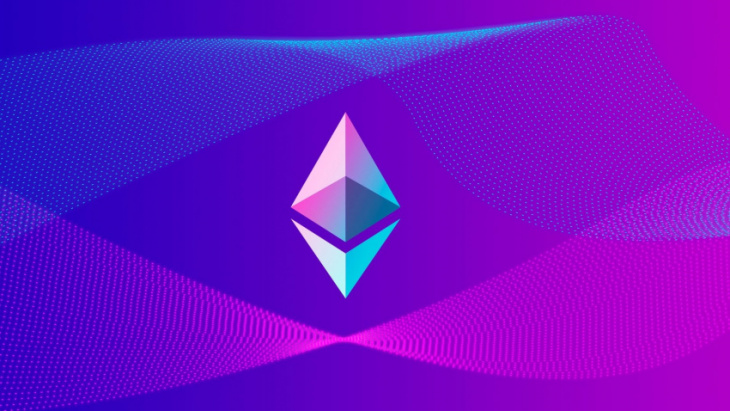
The futures market is a battleground for institutions, hedgers and speculators.
In the 2021 bull market, the futures market was one of the main catalysts for that bull market to hit new highs as new money flooded into the market with excessive leverage, fast forward to September 2022 and we see these new Funds are returning to the futures market more "violently" than ever before, especially the ETH market-before the much-anticipated Merge, ETH's open interest has broken all-time highs.
secondary title
The focus of the audience - ETH
With one of the most important moments in Ethereum’s history looming, ETH investors are understandably anxious and excited.
While skeptics likened the upcoming Merge to "changing the engine of an airplane mid-flight," proponents hailed the upgrade as a qualitative improvement for ethereum's mass adoption. This disagreement paved the way for volume growth in the ETH futures market, as both sides of the debate looked to adjust their positions accordingly ahead of the Merge.
We have seen this trend from the comparison of futures trading volume of BTC and ETH,secondary title
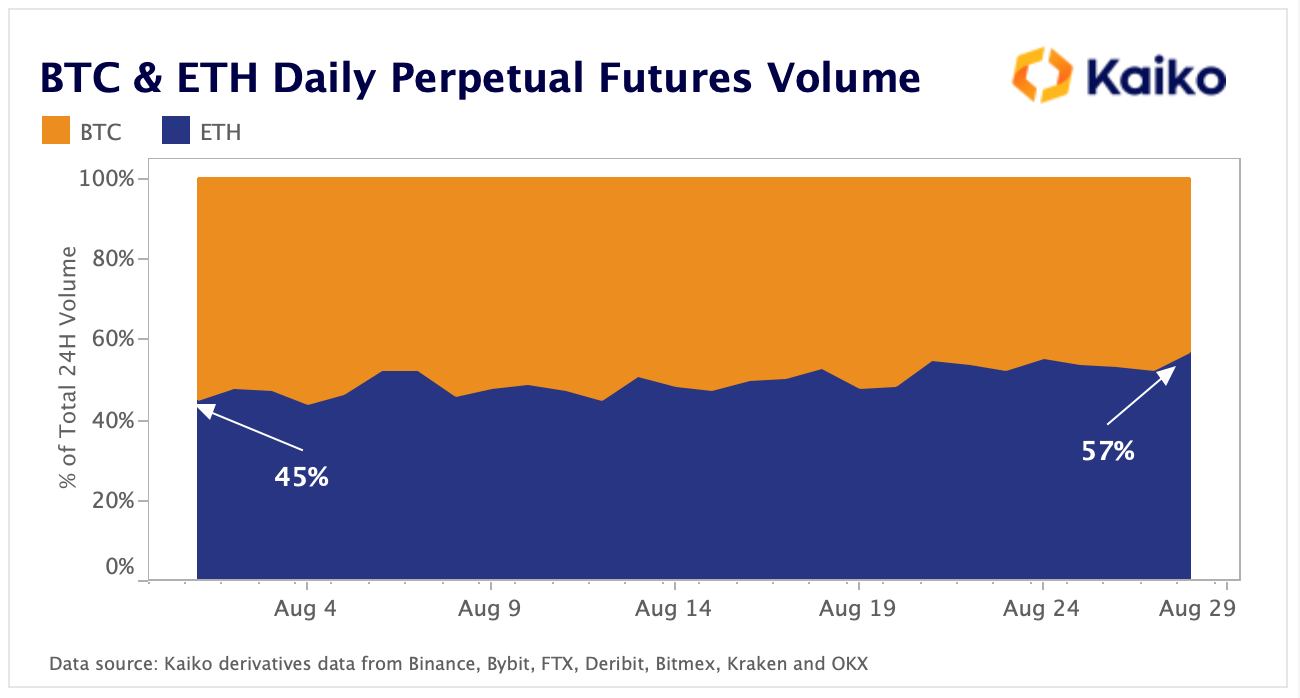
money pouring in
I mentioned in the previous article that with the approach of Merge, the momentum of new funds entering the futures market is more "fierce" than ever before.
Open interest is the data that measures how many futures positions are currently open, representing the amount of funds currently invested in the futures. What I want to emphasize here is that paying attention to the open interest needs to be observed in the unit of the underlying asset itself, that is, it is necessary to pay attention to the open position denominated in ETH. Because when you're looking at data in dollars, you're actually accounting for the price impact.
As the chart below shows, dollar-denominated open interest closely tracks prices, which is often a difficult indicator of capital flows in futures markets.
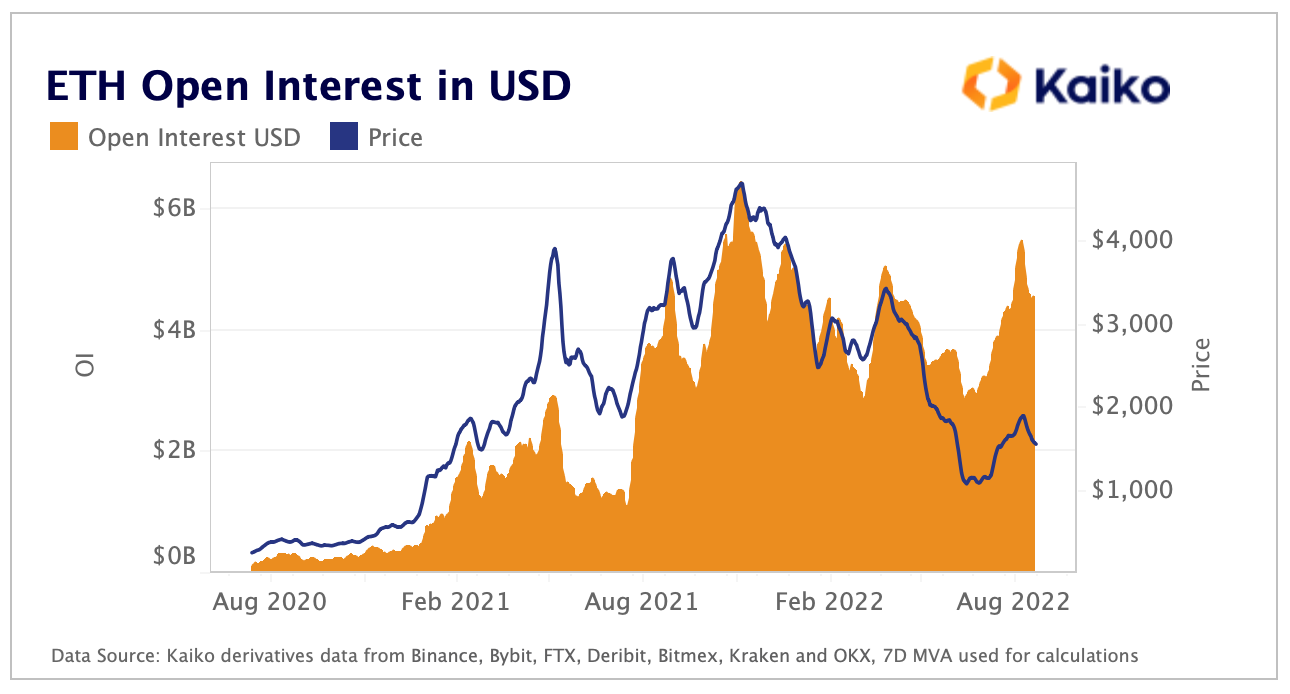
on the contrary,secondary title
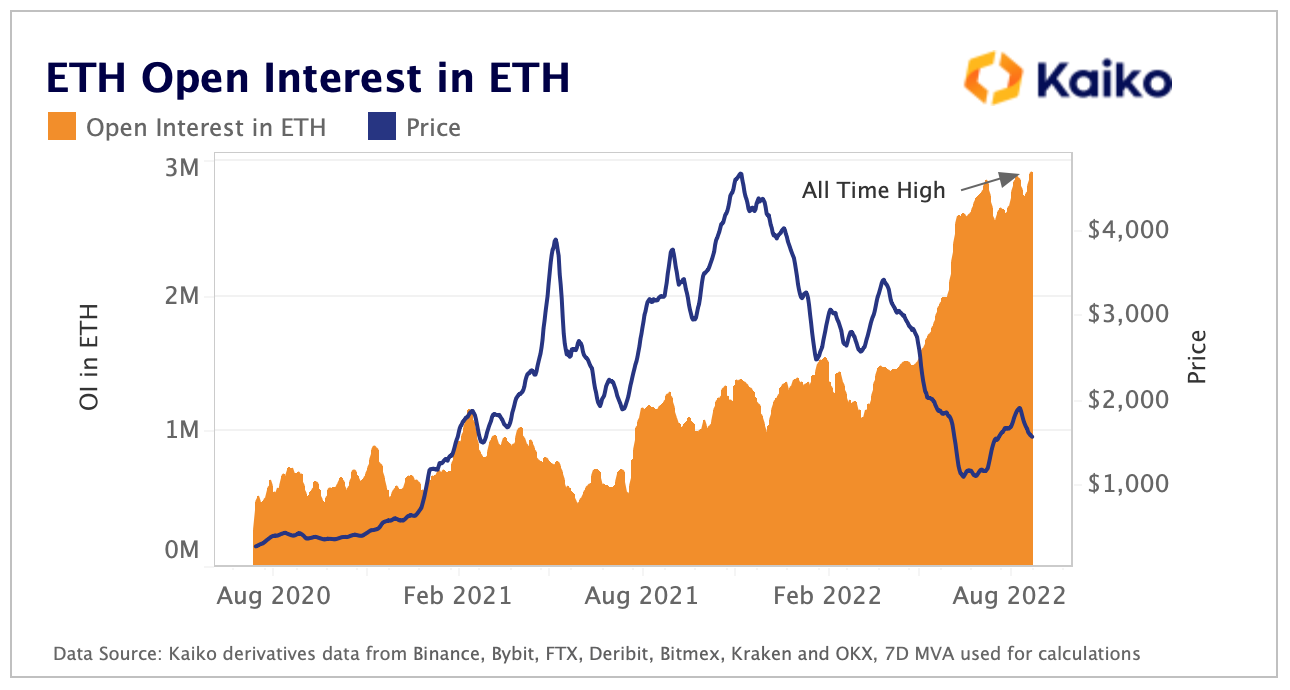
Funding rate
Funding rates exist to help futures prices move closer to the underlying assets they track. If the demand for long futures increases, the funding rate will be positive, and investors with long positions will need to pay investors with short positions to incentivize a balance between positions.
Usually, since the market sentiment is often unbalanced, the funding rate tends to continue to favor a certain side, whether it is positive or negative. Since the bull market in 2021, due to the continuation of pessimism, the funding rate Has been hovering below neutral.
Interestingly, as the Merge approached, we saw funding rates in the ETH futures market have dropped significantly, ending August in negative territory. This negative growth, which coincides with the growth in open interest, leads us to the conclusion that -Most of the new money pouring into the ETH futures market has a short bias.
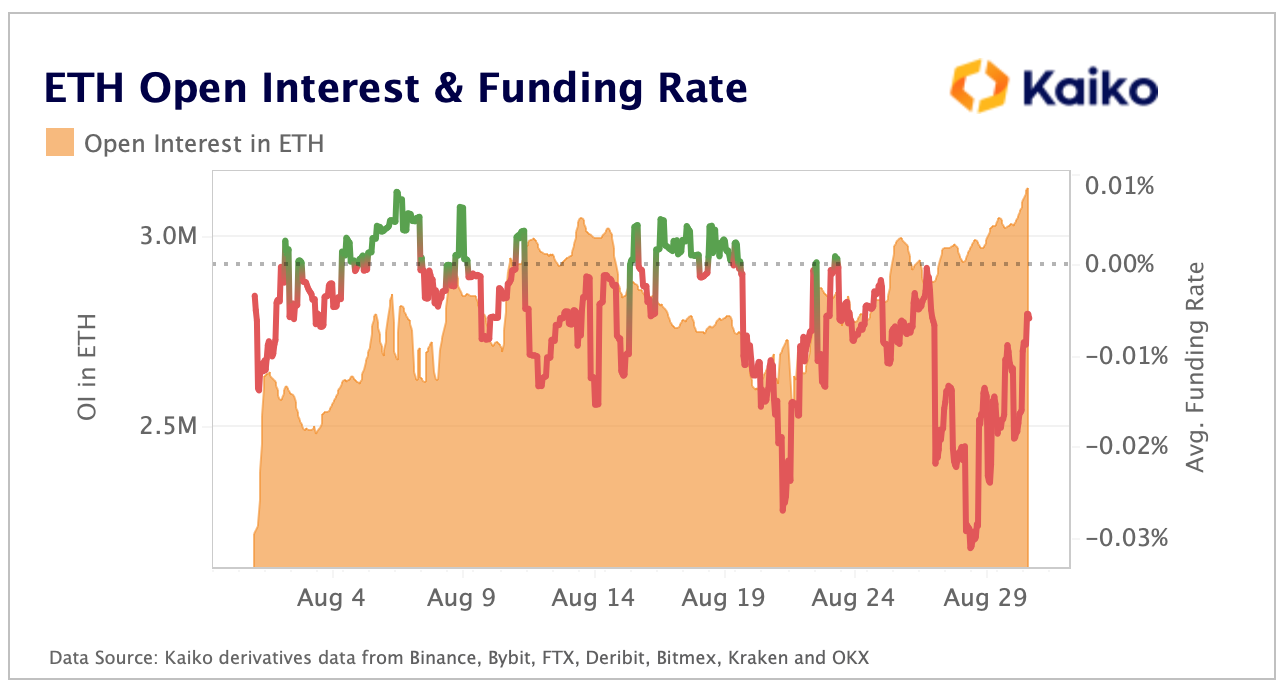
There are many reasons why investors choose to open short:
The first reason is simply to be short on ETH, betting on the failure or delay of Merge. This bet is not hard to understand given the fact that the Merge date has been pushed back several times before, but the Merge has become more and more likely to succeed over time, especially now that all testnets have been pushed back. After a smooth transition. It is hard for me to believe that before an escalation event of this level, any investor would choose to short ETH directly.
The second reason (more likely in my opinion) is that investors are hedging their long-term ETH long positions before the Merge, which can help investors hedge some risks before the event. Another potential strategy is to use futures market arbitrage. By buying ETH spot and shorting ETH futures, investors can avoid the risk of price fluctuations and have the opportunity to obtain airdrops of potential fork chain tokens.
If the Merge is successful, and the PoW chain fails to "take off", we should see a large number of ETH short positions being liquidated. This should be positive news for the price of the corresponding asset, especially if an asset's trading volume is mainly concentrated in the futures market (we will talk about these later). If you combine these pending short positions with tens of millions of dollars in daily miner selling pressure, you can have a pretty bullish outlook for ETH as both massive selling forces are expected to be unwound at the same time.
secondary title
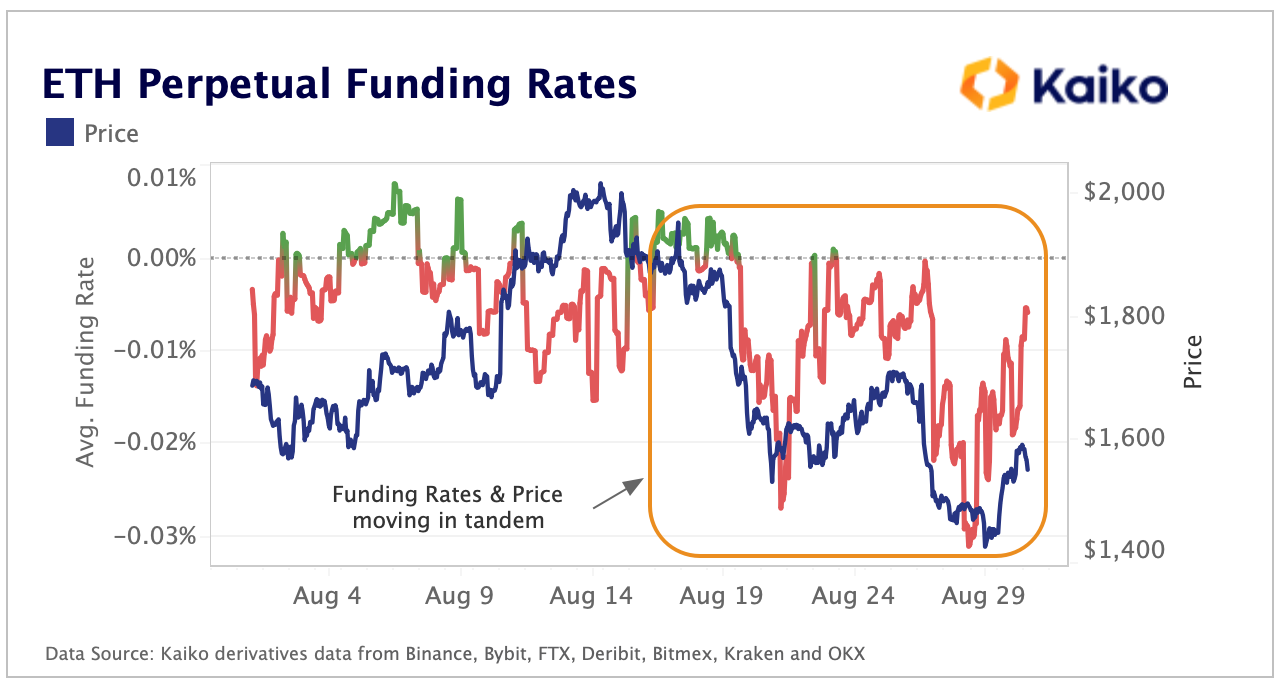
Spot or futures, who is leading the price of ETH?
Previously, we saw negative funding rates and an increase in open interest while ETH was down over 30% from this month’s high. This begs the question, how much influence does the futures market have on the price of cryptocurrencies? This is a question of price discovery, and it really boils down to which market is leading price discovery right now, spot or futures?
One way to answer this question is to look at trading volumes - volumes are often correlated with price movements, and if volumes in the futures market increase more than the spot market during a certain period, we might judge that the futures market is leading price discovery during that period .
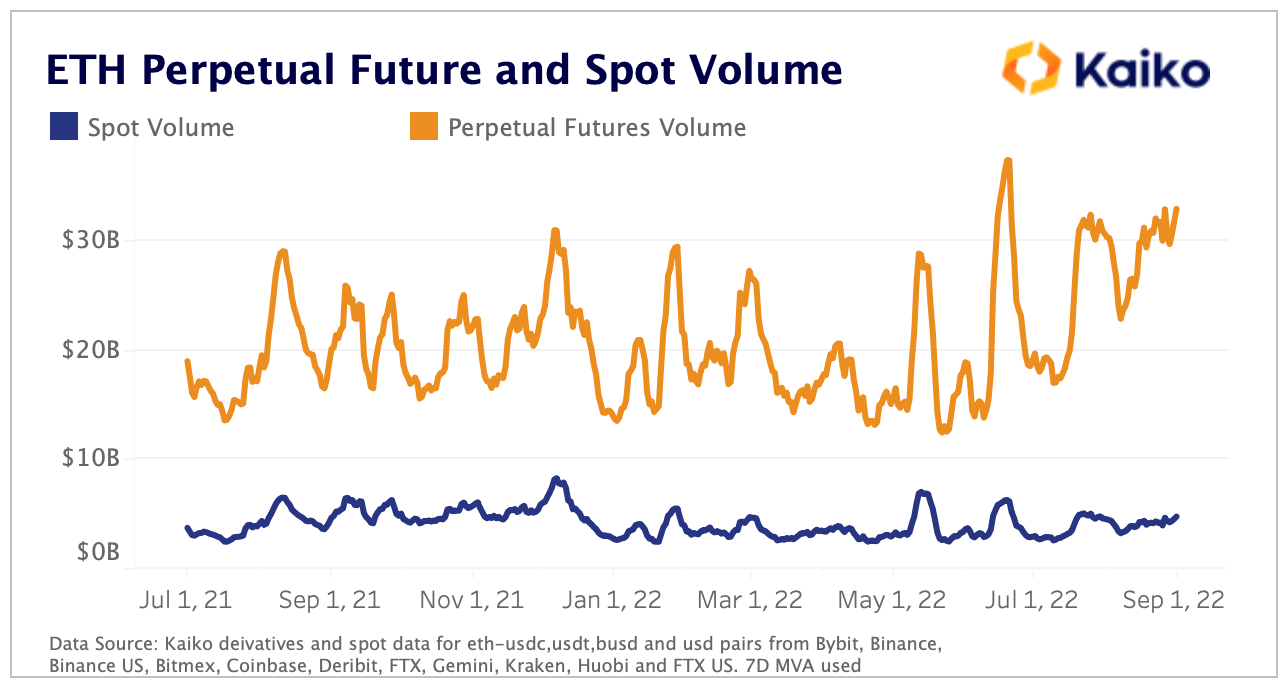
Since last year, the daily trading volume of the ETH futures market has grown significantly from $19 billion to over $33 billion, while the daily spot trading volume has also increased from $3.7 billion to $4.8 billion.
Breaking down these volumes into a ratio to assess how they have changed relative to each other, we can see that the dominance of ETH futures volume is on the rise, as the ratio of futures to spot volume has increased from 5x to roughly 7x.
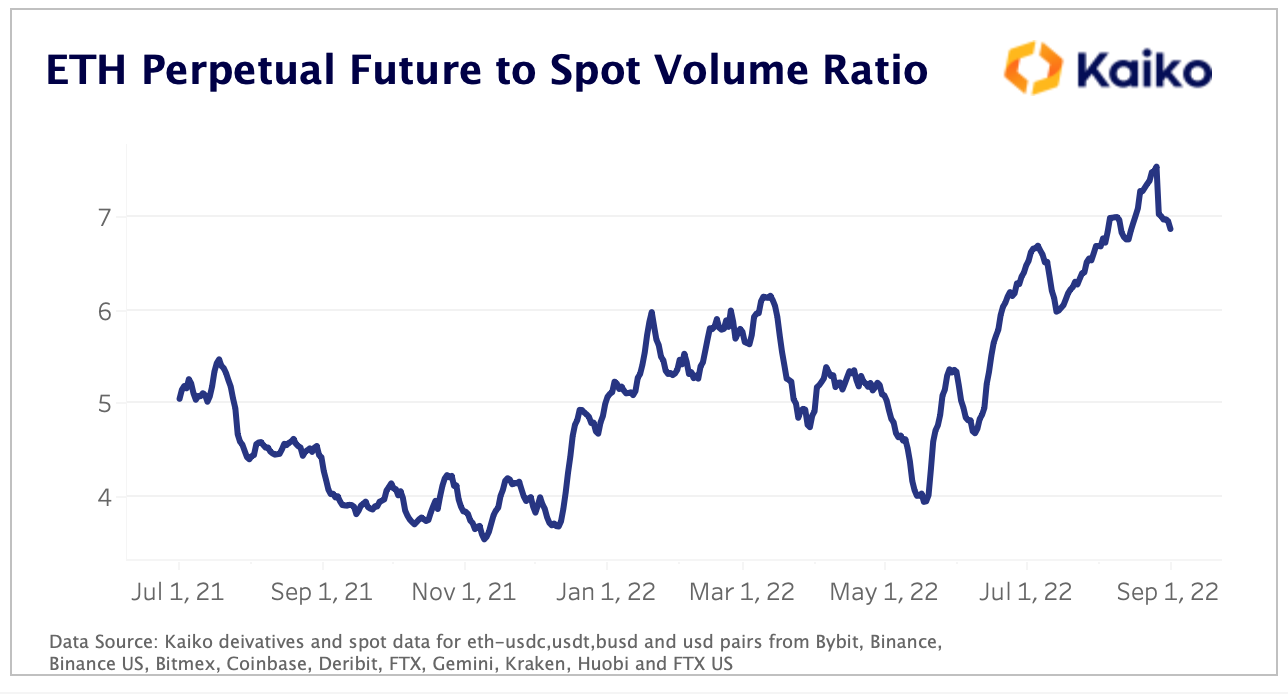
options
options
The trends we see in the futures market for ETH are also reflected in the options market.
Buyers of put options want to lock in (the gain) at a price level at which they can stop their losses. When looking at the trading volume of ETH options expiring before Merge, we can clearly see that within the price range of $1000-$2000, the three points with the highest trading volume are 1600, 1500 and 1400, of which the last two A point is almost entirely composed of put options.
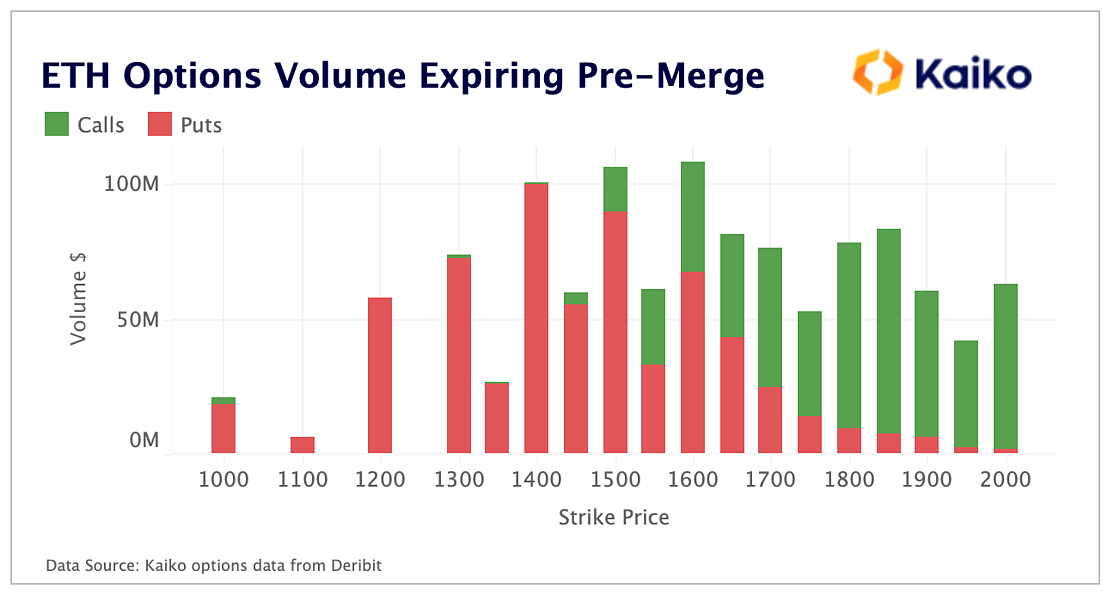
When people think of options trading in the crypto market, speculative long positions tend to come to mind, but the pre-Merge options market may be a very typical case of risk hedging. For options that expire before Merge, the ratio of put/call trading volume is almost 50-50, which is extremely rare in the cryptocurrency options market. After the merger, however, bets on call options returned to 73% again as speculation continued to reign supreme.
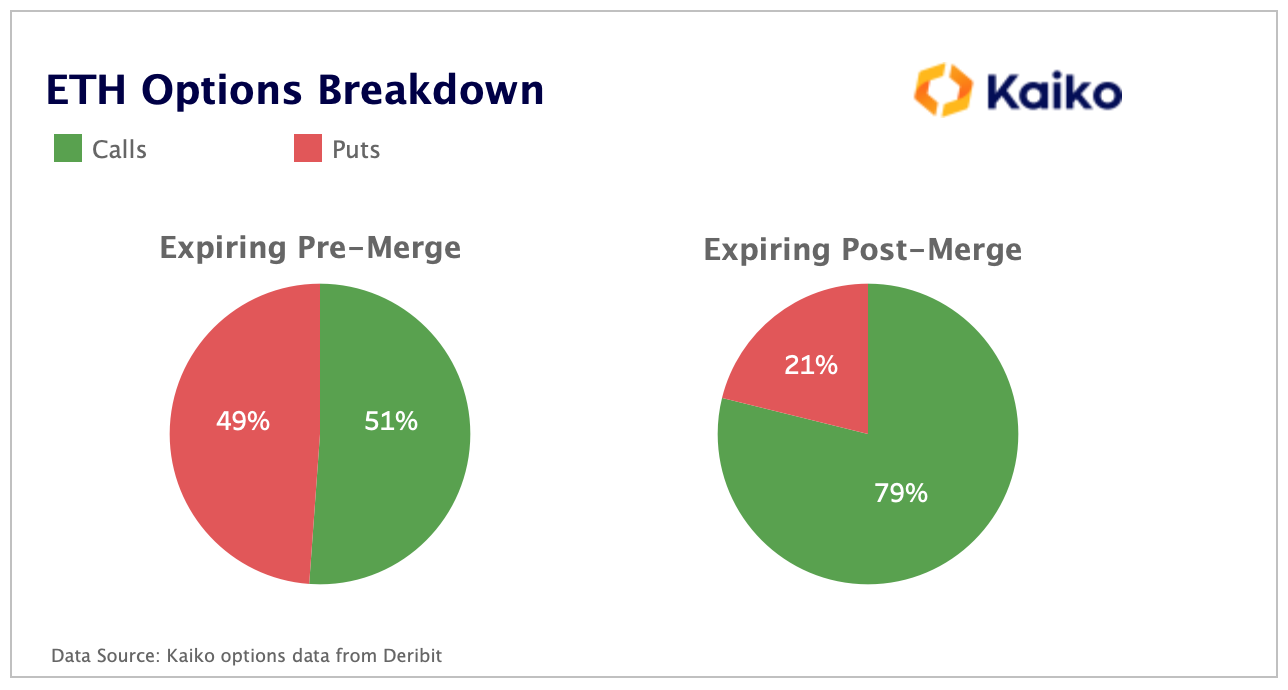
in conclusion
in conclusion
The dominance of the futures market is increasing compared to the spot market, and derivatives are currently having a huge impact on the price movements of crypto assets.
ETH is the most typical example. It will usher in a major and uncertain upgrade in a few weeks. The futures market is tailor-made for such high-volatility events. As evidenced by the options market, investors appear to be bullish on the long-term future of Ethereum, but there are still potential unexpected times in the short-term.
Regardless, this Merge is the only recent non-macro-driven event in the crypto space, and it will be very interesting if it leads to a breakthrough in reducing the correlation between crypto and the stock market.



